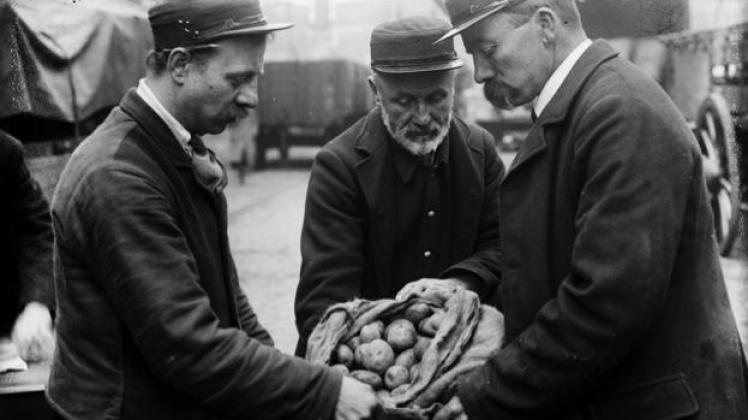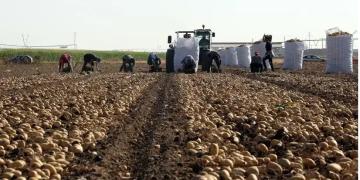Gran Bretaña: When did the potato catch on in Europe
Having been discovered in the New World in the 1500s, the potato had a slow introduction to Europe.

The main architect of its rotten reputation was the Swiss botanist Caspar Bauhin who, in 1596, named it Solanum tuberosum esculentum and drew a lumpen, gnarly illustration of the potato in his book. Based on its unappealing shape, Bauhin theorised that eating a potato caused flatulence, lust and leprosy.
Before long, people were refusing to eat them, even in times of famine, and spuds became horse fodder.
It wasn’t until the 1770s that the humble potato was rehabilitated by a French food scientist, Antoine-Augustin Parmentier, who organised stunts to promote them as part of a healthy diet.
He had, after all, survived being fed potatoes while a Prussian prisoner of war.
Parmentier is now celebrated with potato recipes named after him, and thanks to his efforts, the starchy spud gradually shimmied its way up the nutritional ladder, from horse fodder, to emergency rations in a famine, to staple food source.
Answered by one of our Q&A experts, Greg Jenner. For more fascinating questions by Greg, and the rest of our panel, pick up a copy of History Revealed! Available in print and for digital devices.
Fuente: http://www.historyextra.com/article










